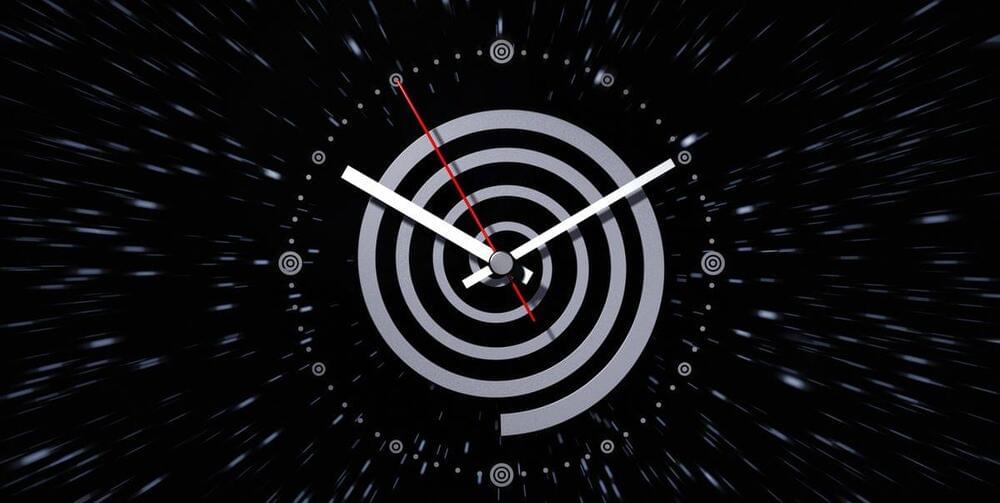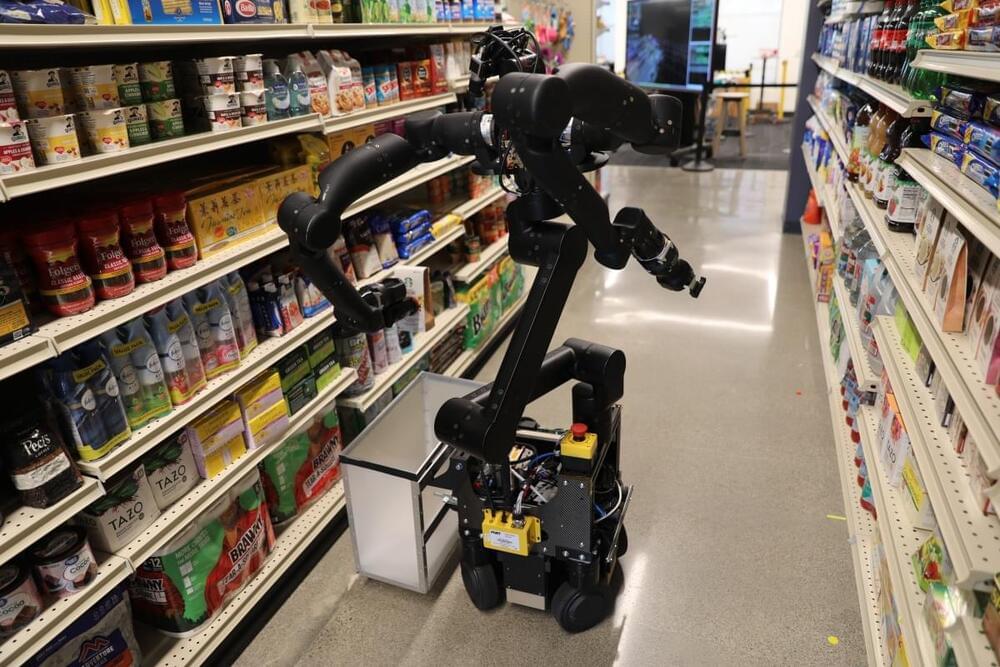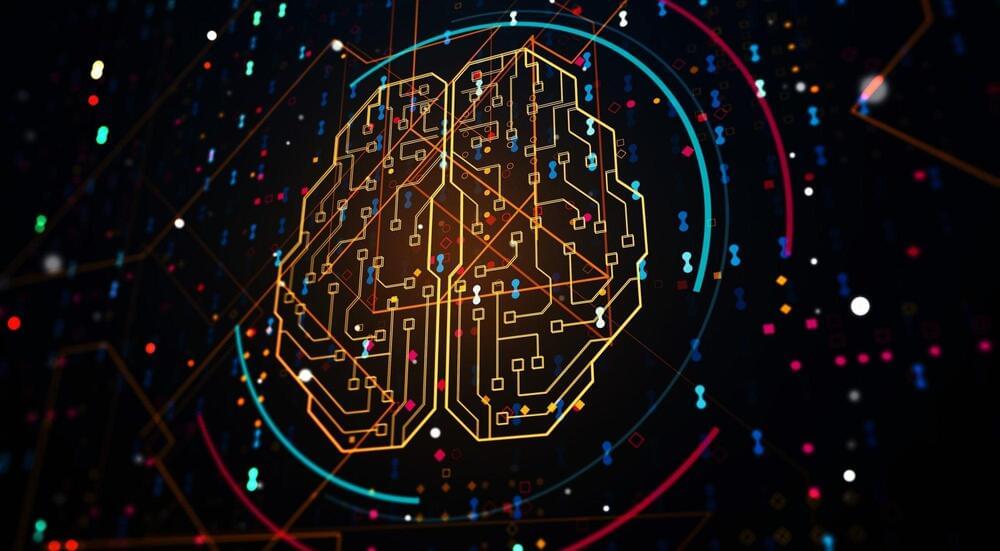“I think I’m probably just as guilty as everybody else,” Toyota Research Institute’s (TRI) senior vice president of robotics, Max Bajracharya, admits. “It’s like, now our GPUs are better. Oh, we got machine learning and now you know we can do this. Oh, okay, maybe that was harder than we thought.”
Ambition is, of course, an important aspect of this work. But there’s also a grand, inevitable tradition of relearning mistakes. The smartest people in the room can tell you a million times over why a specific issue hasn’t been solved, but it’s still easy to convince yourself that this time — with the right people and the right tools — things will just be different.
In the case of TRI’s in-house robotics team, the impossible task is the home. The lack of success in the category hasn’t been for lack of trying. Generations of roboticists have agreed that there are plenty of problems waiting to be automated, but thus far, successes have been limited. Beyond the robotic vacuum, there’s been little in the way of breakthrough.




